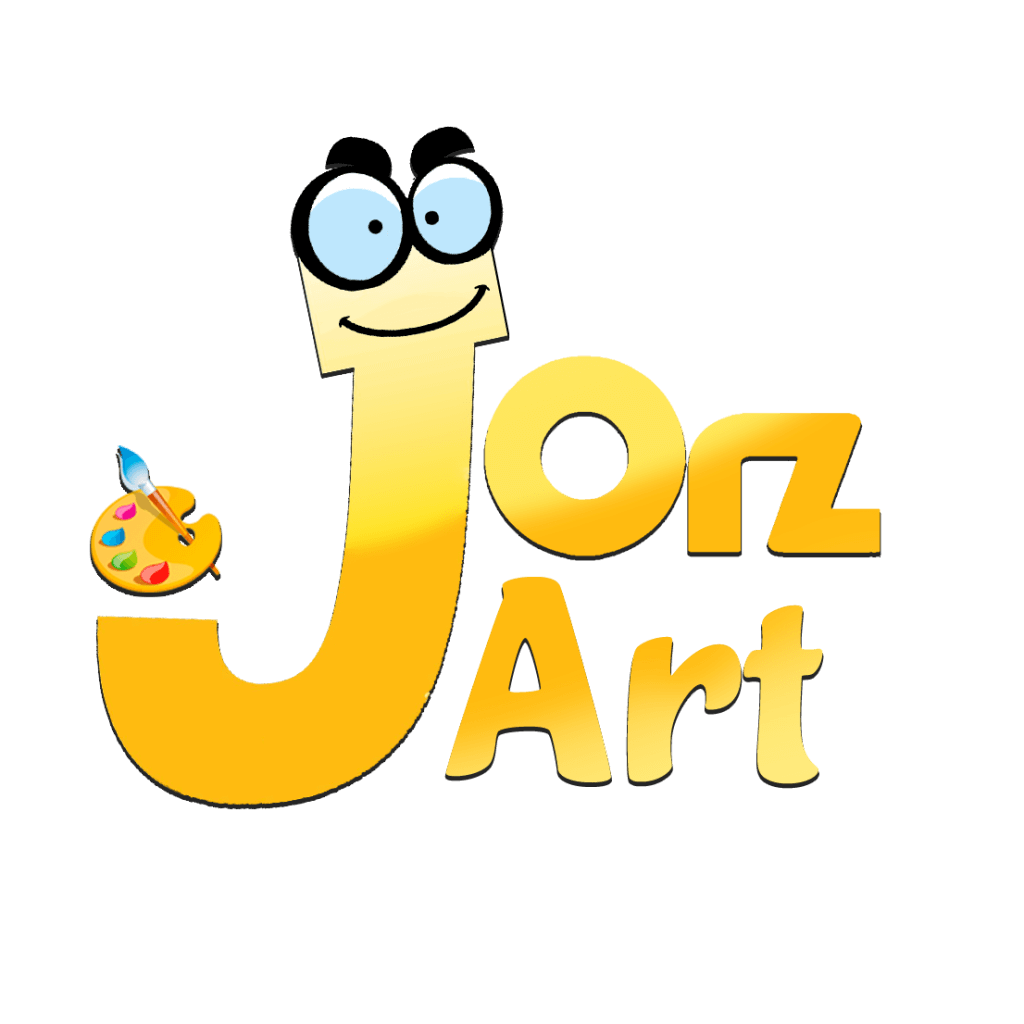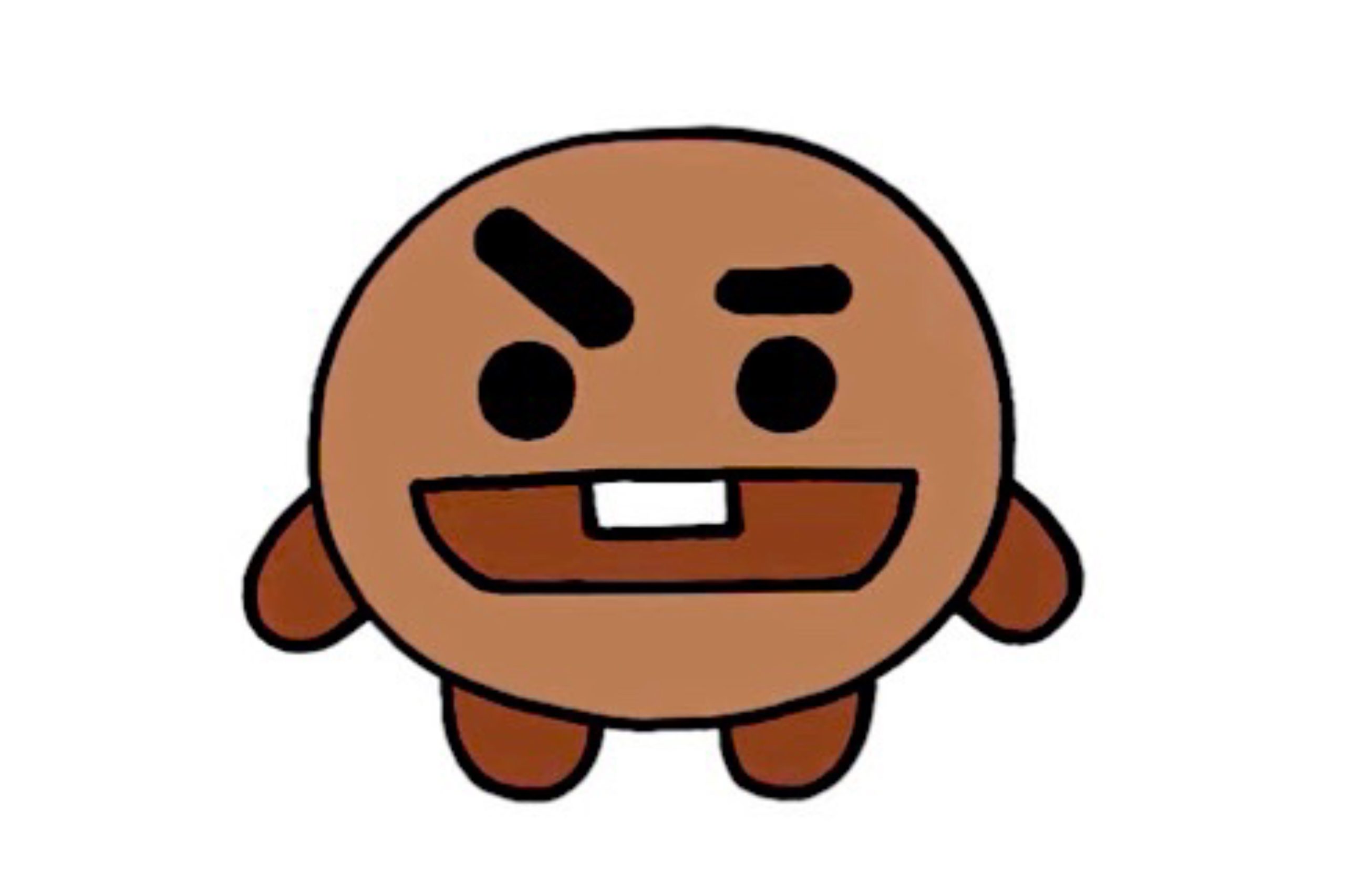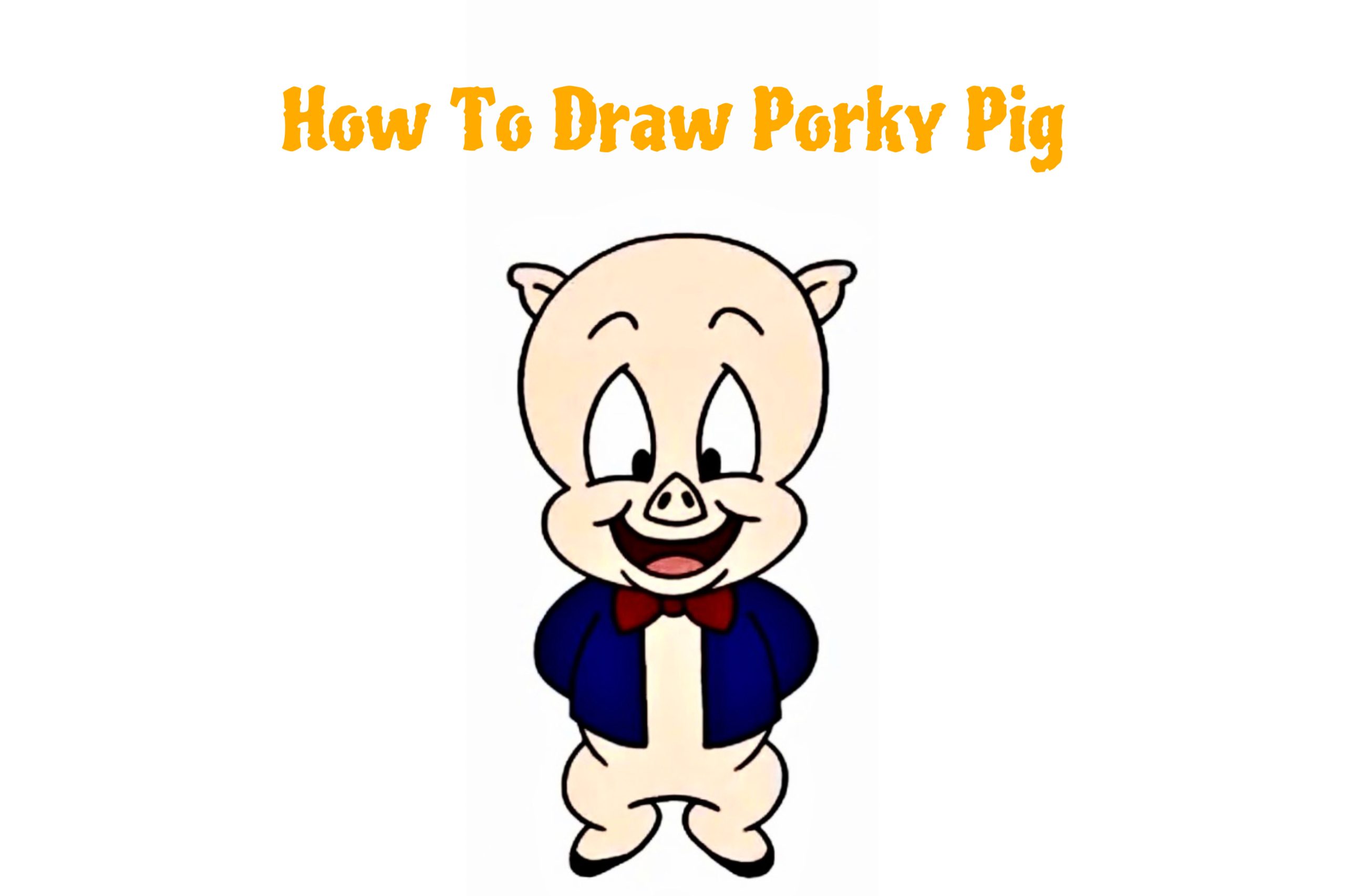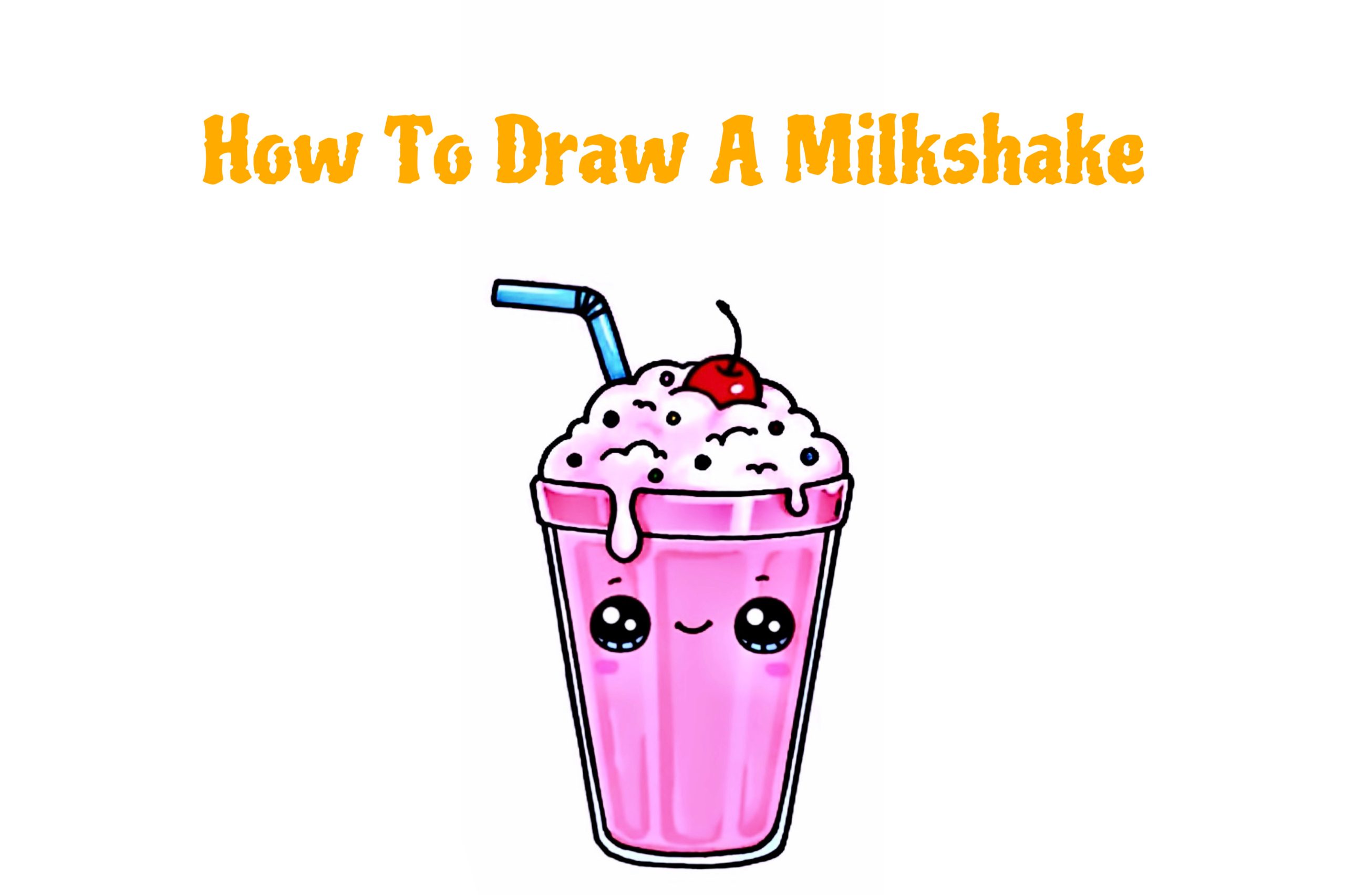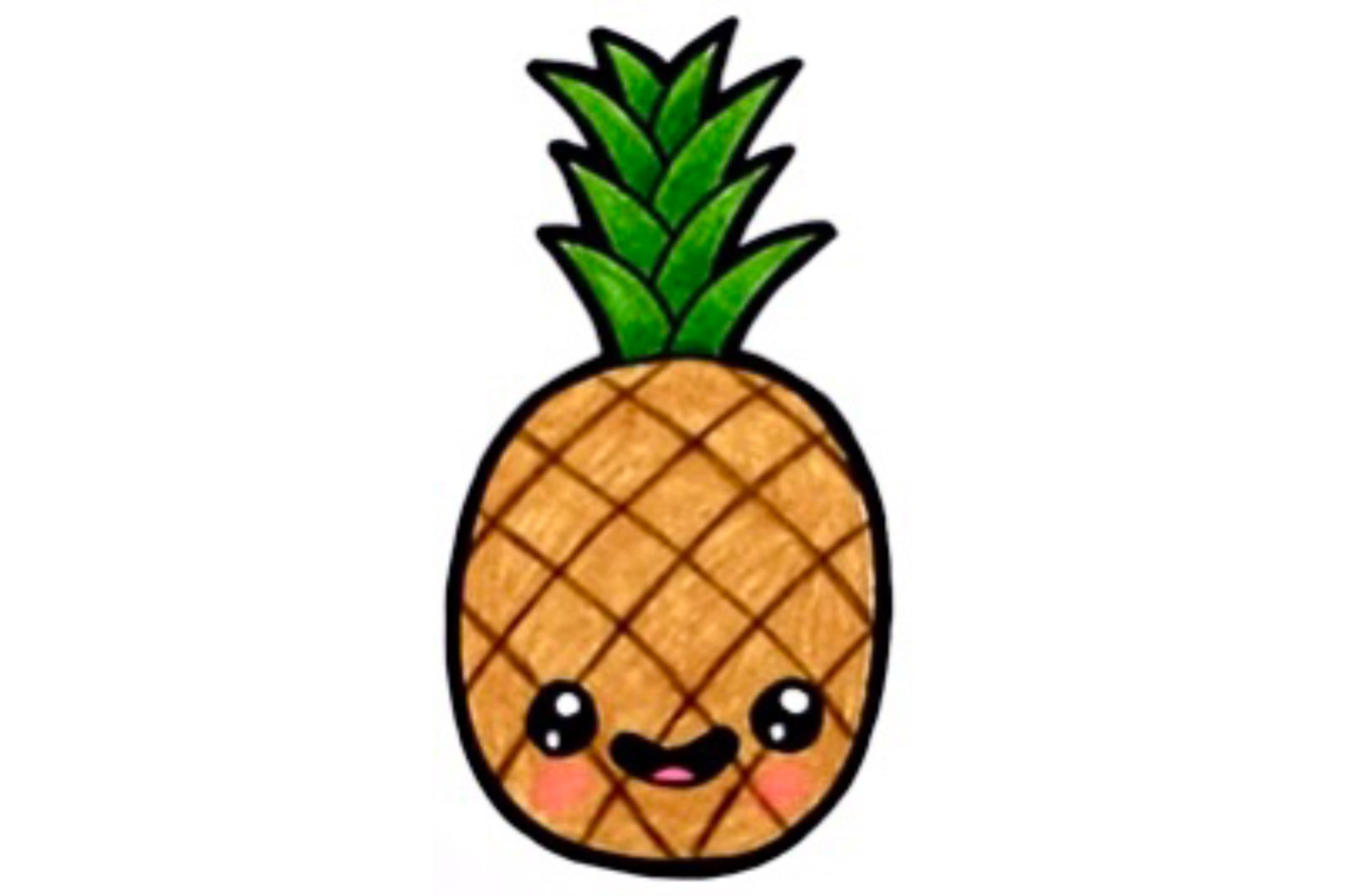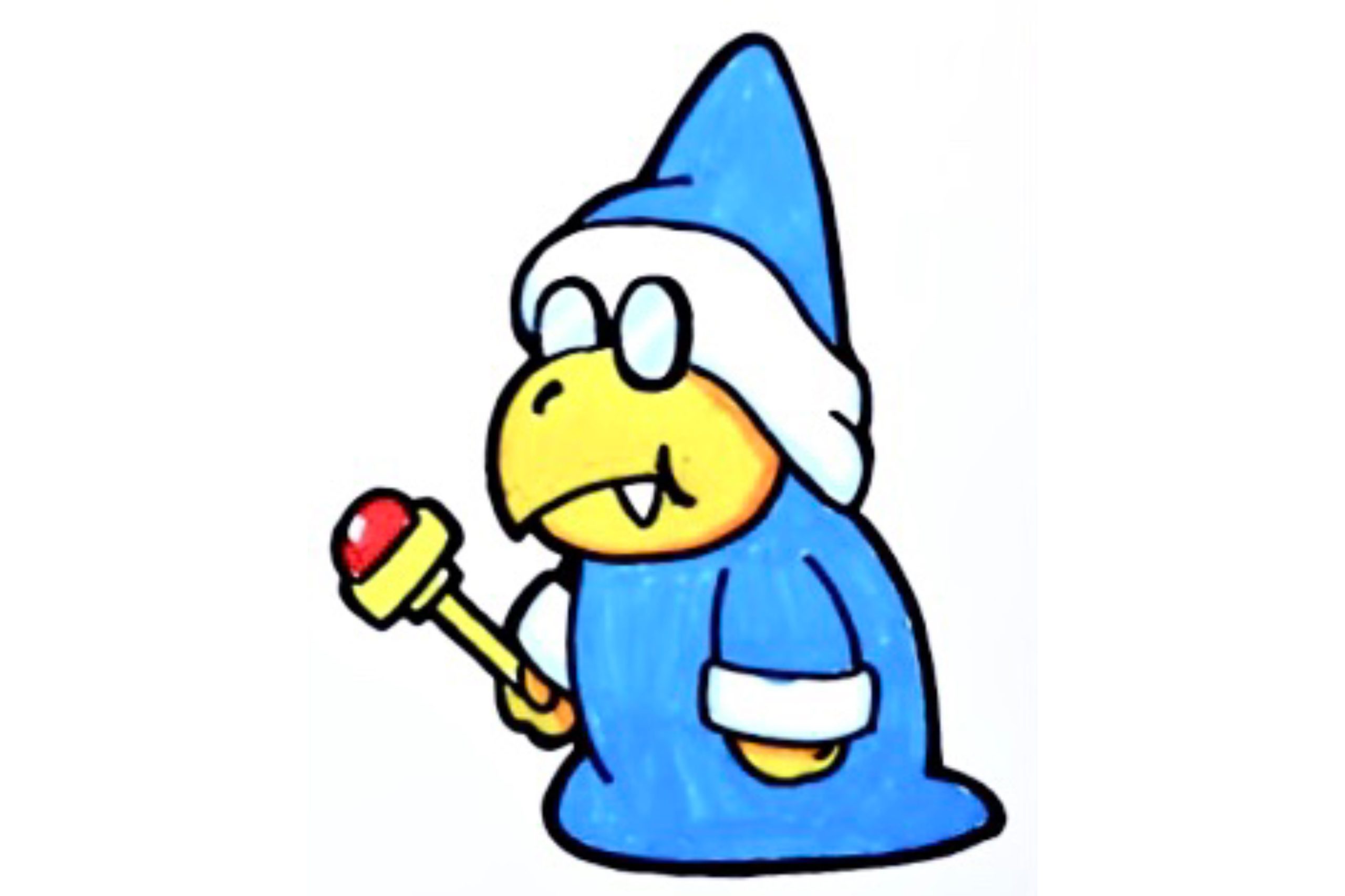Coloring Activities
Math-Inspired Art For Children: Unlocking Creativity Through Geometry
Embark on a creative journey where mathematics dances with art, crafting visual wonders. Dive deep into math-inspired art for children, where geometric patterns, the allure of tessellations, and the harmony of symmetry spark a world of creativity. This fusion highlights the playful side of mathematical art concepts, inviting kids to explore the interconnectedness of art and spatial reasoning.
I – Math-Inspired Art For Children
Where Math Meets The Brush And Canvas
Venture into the intriguing world where math doesn’t just live in textbooks—it splashes across canvases, forms the spine of sculptures, and weaves into the fabric of digital art. Here, you’ll see how geometric shapes and patterns aren’t just math problems but the building blocks of stunning artworks that tell stories.
Marvel at how the ancient mosaics, modern sculptures, and even nature showcase mathematical principles, proving that the world around us is a masterpiece of math-inspired art.
Kindling Creativity Through Geometric Adventures
Embark on artistic quests that transform ordinary numbers and shapes into extraordinary art pieces. Imagine folding paper to discover the secrets of symmetry or using a compass and ruler to draw mesmerizing geometric patterns that repeat endlessly into the horizon.
Explore how dabbling in fractal art or creating your own tessellation masterpiece isn’t just fun—it’s a brain-boosting expedition that enhances your ability to visualize, problem-solve, and perceive the world through a lens where mathematics and creativity collide.

II – Geometric Patterns: Crafting A Visual Symphony
The Essence Of Geometric Patterns
Imagine your pencil is a magic wand; with it, you draw shapes that come together in a dance, forming patterns that look like they’re straight out of a dream. Geometric patterns are the art of arranging shapes in a way that they repeat or alter to create a mesmerizing scene. It’s like playing a game where shapes follow your set rules, creating a visual harmony.
These patterns aren’t just for looking pretty; they tell stories, from the spirals in galaxies to the hexagons in a beehive, showing how math is a language of the universe.
Becoming A Shape Composer
Begin With Simple Shapes: With just a square, a circle, and a triangle, you can start your journey. See what happens when these shapes meet, overlap, and join hands. Can a square and a circle be friends? What story does their friendship tell?
Crafting A Masterpiece: Challenge yourself to weave a tapestry where shapes repeat or evolve. Perhaps a circle grows bigger and bigger, turning into a moon that lights up a dark sky filled with stars (tiny dots and triangles). It’s your story; let the shapes speak your language.
Related topic: New Coloring Tricks With 3D Coloring Pages
III – Tessellations: The Art Of Fitting Perfectly
Unlocking The Secret Of Tessellations
Tessellations are the sorcery of shapes fitting together perfectly, creating a pattern that could cover a castle floor or a dragon’s skin without any gaps. Each shape is vital to a never-ending puzzle, showing how math can create infinite beauty.
They’re magical because they blend art and mathematics, allowing us to see how shapes can dance together, creating patterns that can stretch as far as your imagination wanders.
Weaving Your Tessellation Spell
Step 1: Picking Your Potion Ingredients. Select a shape—any shape—that you feel could hold the power of your tessellation spell. A shield (hexagon), a wizard’s hat (triangle), or a star.
Step 2: Casting The Shape Spell. Place your shape on paper, trace its outline, and then slide it like a stealthy cat to a new position where it can snugly fit next to its twin. Continue this enchantment until your paper becomes a kingdom of repeating shapes.
Step 3: Coloring Your Kingdom. Now, breathe life into your kingdom with colors—each shape can don a different hue, or perhaps they change color as they move across the paper, telling the story of a day passing from dawn to dusk.
Step 4: The Sorcerer’s Reflection. Step back, gaze upon your creation, and ponder. Does every shape have its place? Is the spell complete, or is there room for more magic? Adjust your spell as you see fit, adding shapes or colors where your wizardry deems necessary.

IV – Symmetry in Art: A World Of Balance
The Harmony Of Symmetry
Embark on a discovery journey where symmetry shows its power as a core concept, bridging the gap between the structured world of mathematics and the boundless realm of art. It’s like uncovering a secret symmetry spell that adds beauty and balance to everything from ancient architecture to modern digital designs.
Symmetry isn’t just about making things look nice; it’s a profound principle that connects the dots across nature, science, and art, showing how balance and harmony are universal languages.
Crafting Symmetry: Bilateral And Radial Wonders
Bilateral Symmetry: Challenge yourself to create artwork where each half is a mirror image of the other. This could be anything from painting a vibrant butterfly with wings that match perfectly to drawing a character whose facial features align beautifully on either side of their face.
Radial Symmetry: Dive into the circular beauty of radial symmetry by creating pieces where elements radiate out from a central point. Think about designing your snowflakes, mandalas, or even a sunburst pattern showcasing how symmetry can spin around in mesmerizing ways.
V – Unlocking the Secrets Of Mathematical Art Concepts
Spatial Reasoning Through Art
Building Mental Maps: Art projects inspired by math fuel creativity and enhance spatial reasoning. This means better navigation skills, improved problem-solving, and an enhanced ability to understand and organize the space around you.
Visualizing and Creating in 3D: As you create artwork based on mathematical principles, you’re also training your brain to visualize in three dimensions, transforming flat concepts into vivid, tangible art pieces.

Daily Example: Projects To Spark Math-Inspired Art
Kaleidoscope Creations: Use mirrors or reflective surfaces to explore symmetry and create stunning kaleidoscope patterns. This project can introduce children to the concepts of reflection and symmetry in a hands-on, interactive way.
Spiral Galaxy Paintings: Incorporate the golden ratio and Fibonacci sequence to paint galaxies that spiral with natural grace. This makes for a breathtaking art piece and demonstrates the universal patterns that govern art and nature.
Eco-Friendly Fractal Sculptures: Collect branches, leaves, or other natural materials to assemble fractal sculptures. This activity highlights how fractals occur in nature while encouraging environmental consciousness and creativity.
Related topic: Using Coloring As A Tool For Problem-Solving Skill
VI – FAQ
Can I really make art out of math? Isn’t math just numbers and concepts?
You definitely can! Mathematics is not just about numbers and concepts; It’s also about thinking and solving puzzles. When you begin to see mathematics as a tool for creating geometric shapes, perfect tessellations, or works of art with incredible symmetry, you will discover a whole new world of creativity. It’s like using a secret code to unlock new ways to make your art more awesome.
What makes math-infused art for kids different?
Math-infused art for children differs from other creative expressions in combining artistic beauty with mathematical understanding. It’s all about crafting stunning visuals through shapes, patterns, and symmetry, and it also teaches us about the wonders of numbers and geometry.
Can you provide examples of real-life applications of geometric models?
Geometric patterns are everywhere, from bathroom floor tiles to rows of honeycombs in a hive. It is used in fashion design and interior decoration. The exploration of geometric patterns in mathematically inspired art gives us an appreciation of their role in the world.
Immersing yourself in mathematical art is like embarking on a treasure hunt where numbers and shapes become your map, allowing you to create masterpieces. Whether you create masterpieces of precision, explore the endless possibilities of fractal art, or weave Fibonacci sequences into your creations, you blend mathematical precision with infinite artistic creativity. That journey not only enhances your creative talent but also enhances your imagination and understanding And opens up new avenues of creativity. So grab the tools of your creation and embark on a journey where each piece of art celebrates mathematical magic fused with imagination.
Embark on a creative journey where mathematics dances with art, crafting visual wonders. Dive deep into math-inspired art for children,… View More
